Introduction to Note-Taking
Note-taking is more than just jotting down what you hear during a lecture or read in a textbook. It is a critical part of the learning process that involves actively engaging with the material to understand and remember it better. Whether you are in a classroom, attending an online course, or reading a book, mastering effective note-taking strategies can significantly boost your academic success.
Why Note-Taking Matters? Importance of Notetaking
Effective note-taking helps students organise and process information, making it easier to review and study later. By actively summarising and paraphrasing the material, students can better understand and retain what they have learned. Additionally, well-organised notes can serve as valuable study aids for exams and assignments.
Popular Note-Taking Methods: Different Note-Taking Techniques
Cornell Method
The Cornell Method involves dividing your paper into three sections: a narrow left column for keywords or questions, a wider right column for notes, and a bottom section for a summary. This method encourages active engagement with the material and helps with review and self-testing.
Outline Method
The Outline Method organises notes in a hierarchical structure, using headings and subheadings to distinguish between main points and supporting details. This technique is ideal for organising complex information and highlighting relationships between concepts.
Mapping Method
The Mapping Method uses diagrams to represent information visually. It involves drawing a central idea and connecting related concepts with branches. This method is particularly useful for visual learners and subjects that involve interconnected ideas.
Charting Method
The Charting Method involves creating tables to organise information into categories. This approach works well for subjects that require comparison and contrast, such as history or science.
Sentence Method
The Sentence Method involves writing each piece of information as a separate sentence. While it can be useful for fast-paced lectures, it may result in a large volume of notes that can be challenging to organise later.
Techniques for Effective Notetaking: Enhancing Your Note-Taking Skills
Active Listening
Paying close attention to the lecture or reading material is crucial for effective notetaking. Focus on understanding the key points and main ideas rather than trying to write down everything verbatim.
Paraphrasing
Rewriting the information in your own words helps reinforce your understanding and ensures you actively engage with the material. It also makes your notes more useful for studying later.
Using Abbreviations and Symbols
Develop a system of abbreviations and symbols to write faster and save space. Common symbols include arrows for cause and effect, asterisks for important points, and question marks for unclear concepts that need further review.
Reviewing and Revising
Regularly reviewing and revising your notes helps reinforce your memory and identify gaps in your understanding. Schedule time each week to go over your notes and add additional information or clarifications as needed.
Tools for Effective Notetaking: Digital Tools and Apps
Evernote
Evernote is a versatile note-taking app that allows you to organise notes, create to-do lists, and even attach files and images. Its powerful search function makes it easy to find specific notes quickly.
OneNote
Microsoft OneNote offers a digital notebook experience, allowing you to create sections and pages for different subjects. It also supports multimedia content, making it ideal for comprehensive note-taking.
Notion
Notion is a flexible tool that combines note-taking with project management features. It allows you to create databases, boards, and calendars, making it suitable for both personal and academic use.
Google Keep
Google Keep is a simple, cloud-based note-taking app that integrates seamlessly with other Google services. It is perfect for quick notes and reminders.
Conclusion
Mastering effective note-taking strategies is essential for academic success. By choosing the right method and using digital tools to enhance your notes, you can improve your understanding, retention, and performance in your studies.
Remember to review your notes regularly and adapt your techniques to suit your learning style. With practice and dedication, effective note-taking can become a powerful tool in your educational journey.
Related Articles
Frequently Asked Questions:
The best method depends on your learning style. The Cornell Method is popular for its structured approach, while the Mapping Method is great for visual learners. Experiment with different techniques to see which one works best for you.
Using abbreviations, symbols, and shorthand can help you write faster. Practice active listening and focus on capturing key points rather than writing everything down.
Both have their advantages. Handwritten notes can improve retention and understanding, while digital notes are easier to organise and search. Choose the method that best suits your needs and preferences.
Reviewing your notes regularly is crucial for retention. Aim to review your notes within 24 hours of taking them and then at regular intervals, such as weekly or bi-weekly, to reinforce your memory.
Affiliate Declaration:
The use of affiliate links on this website may result in earning a small commission for any purchases made, at no additional cost to you (the user). Please review our privacy and cookie policy, as well as our affiliate disclaimer.

